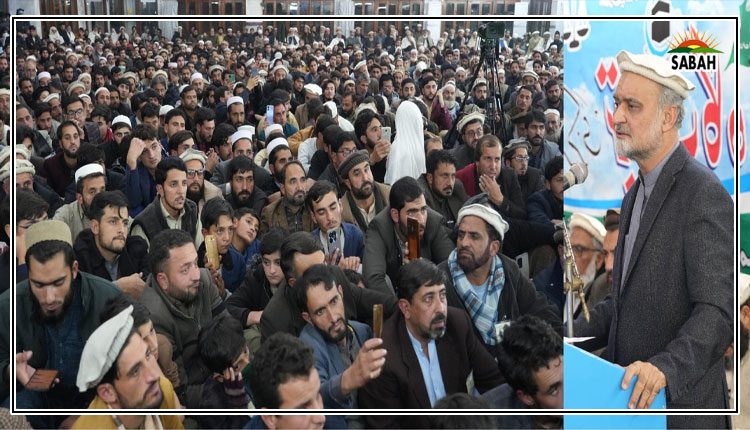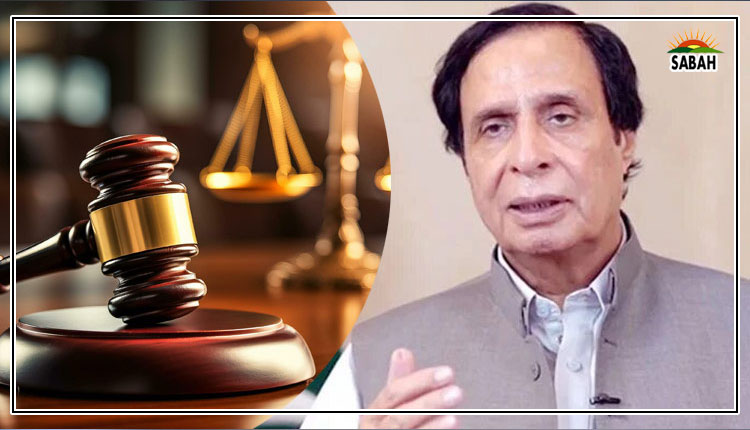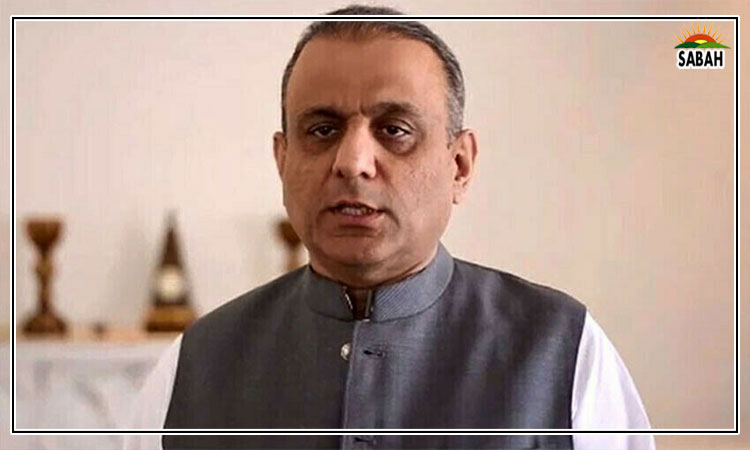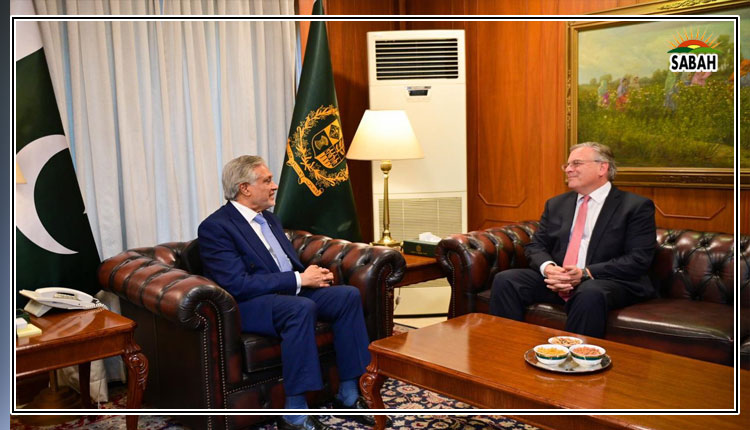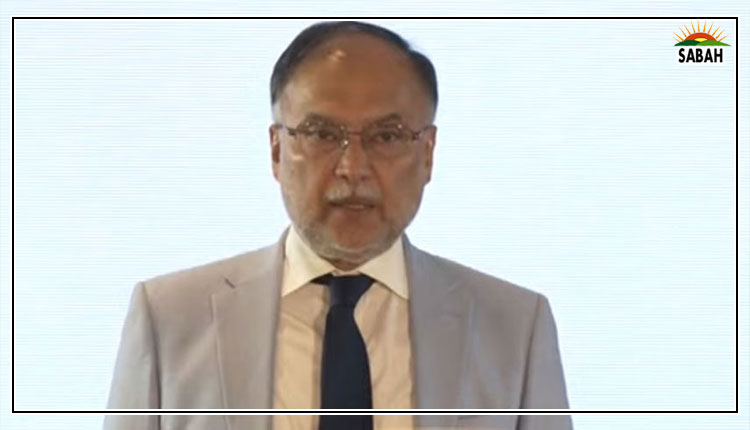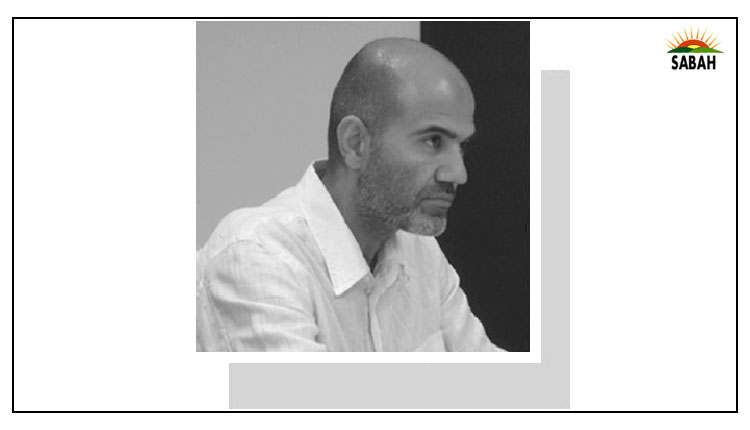Stagflation silence…Aasim Sajjad Akhtar
AS the PDM government and its khaki patrons propagate investor-friendly gimmicks like the Special Investment Facilitation Council (SIFC) in the name of economic revival, the working class is being pushed closer to the brink. While the planned handover of public assets like ports to Gulf sheikhs at least makes the news, the virtual silence of our economic experts about galloping unemployment is deafening.
The experts have been alarmed by soaring inflation for the better part of two years understandably so. But even orthodox economics has historically posited the parallel importance of unemployment alongside inflation.
For much of the 20th century, the intellectual and political mainstream was shaped by major debate about these two critical macroeconomic indicators, with the rich and powerful always chomping at the bit to curb inflation even if meant triggering unemployment increases.
On the other hand, Keynesians in the political centre and the left more so stressed the imperative of gainful, dignified employment for most of the labour force, so as to increase aggregate demand. Rather than unleashing capital to run riot and assuming this would benefit all, this worldview saw labour empowerment as key to economic growth and development.
It is telling that we now live in an economic world where the (in)flow of money is all that seems to matter. Our unending economic tribulations are still largely perceived to be solvable if one or the other global player waves a magic wand of foreign investment. This is why unemployment statistics barely even register any more, never mind the lack of serious debate on the crucial issues of population, labour force and employment.
The (in)flow of money is all that seems to matter.
According to official figures, Pakistans total labour force is a little less than 72 million, of which approximately 4.5m are unemployed, equating to an unemployment rate of 6.3 per cent.
These figures, in my estimation, are grossly understated. This is explained by the fact that we tend to account only for the formal economy, even though a large percentage of activity in Pakistan takes place in the informal economy.
When one accounts for home-based labourers, the millions of children and women who are forced to work in pitiable conditions in agriculture and industry, those who qualify as self-employed, and many other categories subject to semi-serfdom without formal contracts, the labour force may be twice as big as our formal statisticians claim.
Even officialdom will acknowledge that the labour force is increasing exponentially up to 4m entrants annually because most of the population is very young.
Crucially, a huge segment of our working class, both blue and white collar, is underemployed; perhaps tens of millions fall into this category. These workers may earn some income through part-time/ temporary wages or self-employment but they neither utilise all of their capacity to work nor are they able to meet basic needs with whatever income they earn.
If we consider the many young people in Pakistan who are forced into the labour market due to the often violent modalities of state-assisted capital accumulation, then there may be tens of millions who are underemployed.
Think about those who are forcibly dispossessed of agricultural land, minerals and forests in rural and peri-urban areas for real estate and other profiteers. Add those who are forced out of their historical abodes due to war, religious militancy and climate change. Then those who are losing work in the industrial and service sectors because of prolonged economic downturn.
The list could go on, and the recent boat disaster off the coast of Greece illustrates that working-age youth from even relatively well-off rural regions like northern Punjab are literally dying for employment opportunities, whether at home or abroad. If I had to make an educated guess about the real unemployment rate, I would venture 10-12pc. Underemployment figures would be calculated separately.
But apparently the SIFC will fix all. Alongside debt rollovers. And maybe a new IMF programme, even if the present one remains incomplete. All told, experts and rulers alike retain the delusion that an influx of money most of which is used for unsustainable exploitation of natural resources will fix our long-term population and employment pressures. Instead, we should be confronting the real prospect of a stagflationary spiral when inflation and unemployment increase indefinitely even as growth levels off.
But the only thing that the present regime is confronting are so-called enemies of the state which absurdly includes elected lawmakers like Ali Wazir while the masses wilt away in the intense heat and target killers, kidnappers, human smugglers, land grabbers and the invisible hand of the market run free.
Courtesy Dawn


